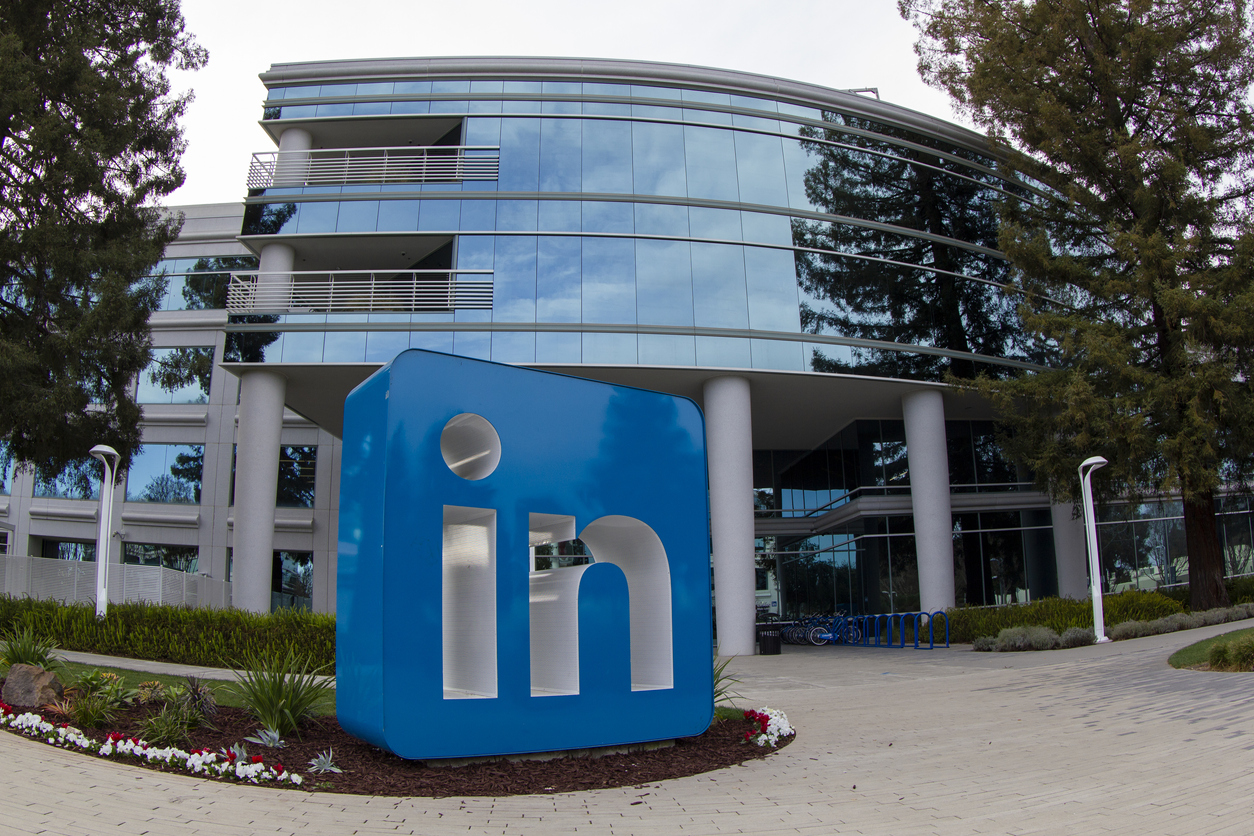
In today’s digital landscape, establishing your brand as a thought leader on LinkedIn is not just a beneficial strategy; it’s essential. With over 800 million professionals on the platform, LinkedIn offers an unparalleled opportunity to connect with industry peers, showcase expertise, and influence the conversations that matter in your field. This blog post will guide you through effective strategies to position your brand as a thought leader on LinkedIn, leveraging the power of social proof, authentic content, and strategic networking.
Understanding Thought Leadership
Before diving into the strategies, it’s crucial to understand what thought leadership truly means. Thought leadership is about being recognized as an authority in your field. It involves sharing unique insights, innovative ideas, and valuable knowledge that can help others navigate challenges in their industries. By positioning your brand as a thought leader, you not only enhance your credibility but also foster trust and loyalty among your audience.

The Role of Social Proof in Thought Leadership
Social proof, a concept popularized by Dr. Robert Cialdini, plays a significant role in establishing thought leadership. It refers to the psychological phenomenon where individuals look to the actions and opinions of others to determine their own. In the context of LinkedIn, social proof manifests through metrics such as followers, likes, comments, and shares. A profile with high engagement rates is perceived as more credible and influential, attracting even more genuine followers.
At Sociobo, we understand the importance of social proof in building a brand’s visibility and authority. Our unique approach, known as Social Proof Aggregation (SPA), helps enhance your social media presence by boosting follower counts and engagement metrics. This strategy positions your brand favorably in the eyes of potential followers and clients, making it an effective tool for thought leadership.
Leveraging LinkedIn Groups Effectively
LinkedIn Groups are a powerful avenue for building connections and establishing authority within specific industries. Here are strategies to leverage LinkedIn Groups for thought leadership:

- Identify and Join Relevant Groups: Use LinkedIn’s search functionality to find groups that align with your expertise and target audience. Joining the right groups is the first step toward connecting with like-minded professionals.
- Engage in Meaningful Conversations: Actively participate by sharing valuable insights, asking thoughtful questions, and providing relevant experiences. This engagement helps establish your credibility and visibility within the group.
- Create Engaging Posts: Share original content or industry insights that spark discussions. Focus on topics that resonate with the group’s purpose and your area of expertise.
- Follow Group Guidelines: Adhering to group rules is vital to maintaining a professional presence. Each group may have specific regulations regarding content sharing and self-promotion.
- Use Groups for Thought Leadership: Share your expertise through original content and expert opinions. This positions you as a trusted authority in your field.
- Engage with Others: Comment, like, and share valuable posts from other members. This reciprocal engagement builds relationships and expands your network.
- Consider Creating Your Own Group: If you identify a niche that isn’t currently served, creating your own group can establish you as a leader in that area. Clearly define the group’s purpose and foster a community of quality.
- Targeted Lead Generation: Use group discussions to identify potential clients or partners, focusing on providing value rather than overt self-promotion.
By consistently engaging in LinkedIn Groups, you can enhance your brand visibility and establish yourself as a thought leader in your industry.
Crafting Authentic and Unique Content
Creating authentic and unique content is essential for establishing a strong personal brand on LinkedIn. Here are strategies to craft content that resonates:

- Share Personal Experiences: Draw from your professional journey to offer valuable lessons. Authenticity builds credibility and helps you stand out.
- Focus on Non-Salesy Messaging: Concentrate on providing value rather than being overly promotional. This approach fosters trust and leads to potential business opportunities.
- Develop a Consistent Content Identity: Cultivate your unique voice and style. Consistency helps your audience recognize and connect with your content.
- Address Industry Challenges: Discuss common pain points and offer innovative solutions. Demonstrating expertise in this way enhances your authority.
- Embrace Vulnerability: Sharing both successes and failures makes your content relatable. Authenticity resonates with audiences.
- Leverage Storytelling: Use narratives to illustrate complex ideas and create emotional connections with your readers.
- Engage in Discussions: Respond to comments and participate in conversations. This interaction shows your commitment to your audience.
- Showcase Unique Expertise: Highlight specialized knowledge that sets you apart in your industry.
- Balance Professional and Personal Content: Incorporate elements of your personality to create a rounded online presence.
- Stay Informed: Share thoughts on current industry trends, demonstrating ongoing engagement with your field.
- Experiment with Content Formats: Use diverse formats such as text posts, articles, videos, and infographics to cater to different learning preferences.
By producing authentic and unique content consistently, you can build a strong personal brand on LinkedIn and create meaningful connections with your professional network.
Optimizing Your Profile with Strategic Keywords
Optimizing your LinkedIn profile with strategic keywords is crucial for enhancing visibility and attracting the right opportunities. Here’s how to do it effectively:

- Conduct Keyword Research: Identify relevant terms that align with your expertise and industry. Use LinkedIn’s job search function to find commonly used keywords.
- Optimize Your Headline: Craft a compelling headline that incorporates your most important keywords. This is one of the first things people see, so make it impactful.
- Enhance Your Summary Section: Weave key phrases naturally into your “About” section while telling your professional story. This area allows for more context about your skills and experiences.
- Strategically Place Keywords: Incorporate relevant terms in your job titles, descriptions, and skills sections without resorting to keyword stuffing.
- Leverage the Skills Section: Add a comprehensive list of skills that reflect your expertise and include industry-specific keywords.
- Customize Job Descriptions: Tailor each job entry to include relevant keywords that align with your target roles.
- Use Synonyms and Related Terms: Expand your keyword strategy by including variations and related phrases to capture a wider range of search queries.
- Optimize for Global Search: If targeting an international audience, consider including keywords in multiple languages relevant to your markets.
- Analyze Competitor Profiles: Use tools to analyze keywords used by successful professionals in your field for insights into effective strategies.
- Update Regularly: Keep your profile current by refreshing keywords to reflect industry changes and your evolving skill set.
- Balance Keyword Usage with Readability: Ensure your profile remains engaging and easy to read, while still optimized for search.
By implementing these keyword optimization strategies, you can significantly improve your LinkedIn profile’s visibility to recruiters, potential clients, and valuable connections.
Building a Network of Influencers
A crucial aspect of positioning your brand as a thought leader on LinkedIn is building a network of influencers and industry leaders. Here’s how to do it effectively:

- Identify Key Influencers: Research and identify influential figures in your industry. Follow them and engage with their content to build rapport.
- Personalize Connection Requests: When reaching out to connect, personalize your requests by mentioning common interests or mutual connections.
- Engage with Their Content: Regularly comment on, like, and share their posts. This engagement can catch their attention and foster a relationship.
- Collaborate on Content: Consider collaborating with influencers on content creation, such as joint articles or webinars. This can expand your reach and credibility.
- Attend Industry Events: Participate in webinars and conferences where influencers are speaking. Networking in these environments can lead to valuable connections.
- Offer Value: Always look for ways to provide value to your connections. Whether it’s sharing insights or offering assistance, being helpful can strengthen relationships.
By strategically building a network of influencers, you can amplify your voice and enhance your thought leadership presence on LinkedIn.
Positioning your brand as a thought leader on LinkedIn requires a multifaceted approach that combines social proof, authentic content creation, strategic networking, and keyword optimization. By leveraging these strategies, you can enhance your credibility, build trust, and cultivate valuable relationships within your industry.
As you embark on this journey, consider how Sociobo can assist you in enhancing your social media presence through our unique Social Proof Aggregation techniques. By boosting your follower counts and engagement metrics, we help you create a strong foundation for your thought leadership efforts.
Explore our services at Sociobo.com and discover how we can help you elevate your brand’s visibility and authority on LinkedIn and beyond. Your journey to becoming a thought leader starts now—let’s take the next step together!






No comment yet, add your voice below!